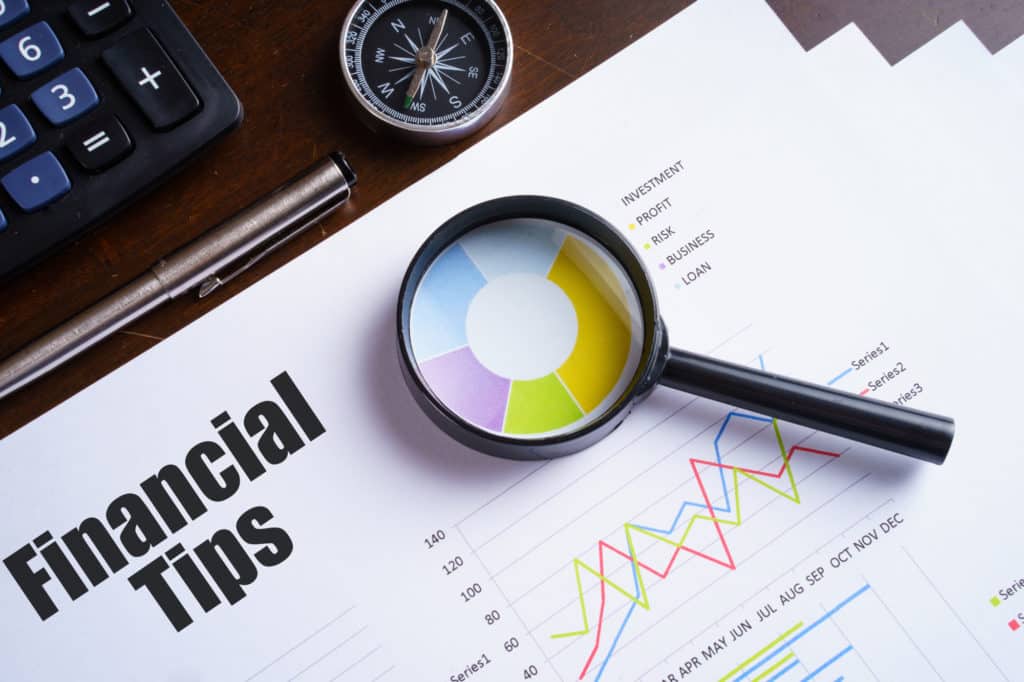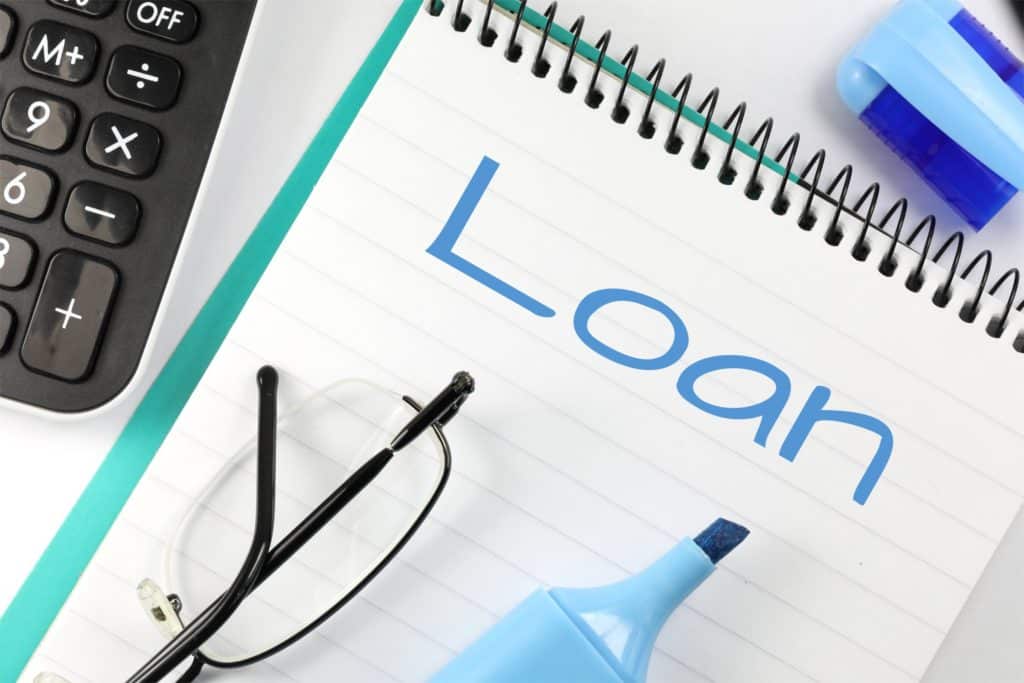According to CNBC, academic studies estimate that 85 per cent of day traders lose money — and that’s just the professionals. By the numbers, amateur traders had an even harder time with the stock market. Between 401ks and private investments, however, it turns out that most Americans own shares in some capacity. In 2022, for instance, Gallup found that 58 per cent of adults admitted to owning stocks.
But there’s an open secret in the investing world:
To be a successful investor, you have to know how to choose stocks to invest in. It sounds pretty simple, but the process is more complicated than it might seem.
Would you like to be profitable, retire early, and achieve all your wildest dreams through the stock market? Keep reading to learn how to build a winning investment portfolio.
1. Figure Out Your Trading Personality
This is about to get surprisingly philosophical. But truthfully, buying stocks isn’t just about dollars and calculations. It’s also about having the right mentality towards the market.
Have you ever met someone with such an abrasive personality that they could make sandpaper feel like silk? Talk about the last person you’d hire as a grief counsellor.
In the same way that some personalities don’t always mesh well with certain professions, investors can set themselves up for failure by choosing the wrong investment strategy.
Are you a high-risk and high-reward kind of person? Or do you take a slow-and-steady-wins-the-race approach to things?
Before you start looking at charts and evaluating broker spreads, you’ll want to understand your risk tolerance levels and your ideal day-to-day trading habits. This will give you a general sense of what a sustainable trading strategy might look like for you.
2. Set Your Portfolio Goals
Imagine you’re watching a wilderness survival challenge on TV. One team brings a map, a compass, and a GPS. And the other team is winging it.
All things being equal, the group with the map is more likely to reach the final destination first, right?
While most investors would agree that they want to make money, it can be hard to tell if you’re doing well or you’re underperforming when you don’t have financial targets. Consider this:
From 1926 to 2021, the S&P 500 has had an annualized return of roughly 10.5 per cent. Can you beat that result? Should you be trying to?
When you have specific benchmarks, it becomes a lot easier to evaluate stocks within the context of your overall investment portfolio goals.
3. Establish Trading Rules
So at first glance, this might sound like How to Start Investing 101. But having rules of engagement around your stock purchases is one of the most important investment tips you’ll ever get.
Stock market investing is about compounding returns. When you’re changing strategies on a whim, it becomes harder to cash in on the full growth potential of your investing approach.
However, that’s only half the story. Along with a reasonably well-established set of rules, you’ll also want to ensure that your strategy can respond to market conditions.
During the COVID-19 pandemic, for instance, the hospitality and travel industries were hit extremely hard. But as restrictions eased and borders started reopening, suddenly everyone wanted to book flights and hotel rooms. A well-rounded trading strategy would have considered both the short-term drop in the market and the potential for big returns in the medium to longer term.
4. Become an Industry Expert
Fast forward a few months from now. You’ve developed your strategy and found a few positions you like. Now all you have to do is start buying stocks and watching the money roll in, right?
Well, not necessarily.
The internet is full of people telling each other to, “Do your own research!”. But beyond settling online disputes, it’s a sound piece of advice for aspiring stock market investors.
Here’s why:
Contrary to popular belief, the stock market rarely moves totally at random. Maybe there’s an under-the-radar scandal taking place that only people following the news would have noticed. Or perhaps, because you didn’t understand the principles of Hollywood accounting, you decide to pass on a stock that you would have purchased otherwise.
When push comes to shove, you don’t want to be one of those investors who can’t sell any of their shares in the buggy industry because consumers are buying cars. It doesn’t matter if you’re purchasing mining stocks or retailers — keeping your finger on the pulse of the trends can allow you to make better purchasing decisions.
5. Manage Your Risks
It’s not enough to just purchase stocks and let them grow. You also want to have a serious answer to the question, “How will I protect my profits in a market downturn?”.
To that end, common investment risk management strategies include:
- Buying stocks in safer, steadier companies
- Hedging
- Using stop losses, options, and derivatives
- Investing in bonds and mutual funds
Most profitable investors use a mixture of these strategies. After all, if you’re investing for retirement, for instance, your portfolio should become gradually less risky as you get closer to leaving the workforce.
But whatever you choose, there’s one thing that most experienced investors can agree on:
Being a profitable investor isn’t just about picking the right stocks and watching your portfolio value increase. It’s also about knowing when to cut your losses.
How to Choose Stocks to Invest In
Have you ever wondered how some people know how to choose stocks to invest in while others just don’t? The answer more than likely boils down to consistency.
Successful investors have consistent rules and due diligence procedures. And they’re also consistent about keeping up with industry news and growing their positions.
We can give you general investment tips about purchasing stocks with growth potential and portfolio protection. But uncovering hidden gems and staying profitable in the stock market is actually quite simple.
First, you need to find a stock-picking approach that makes sense to you. Then, you need to keep doing what works.
Are you looking for more information on all things investing? Check out the investment management section of our site to see more content like this!









